Van Gogh’s three months in Drenthe, in the north of the Netherlands, has been the least studied period in his artistic career. That has now changed, thanks to an ambitious show which has just opened at the Drents Museum, in the provincial capital of Assen.
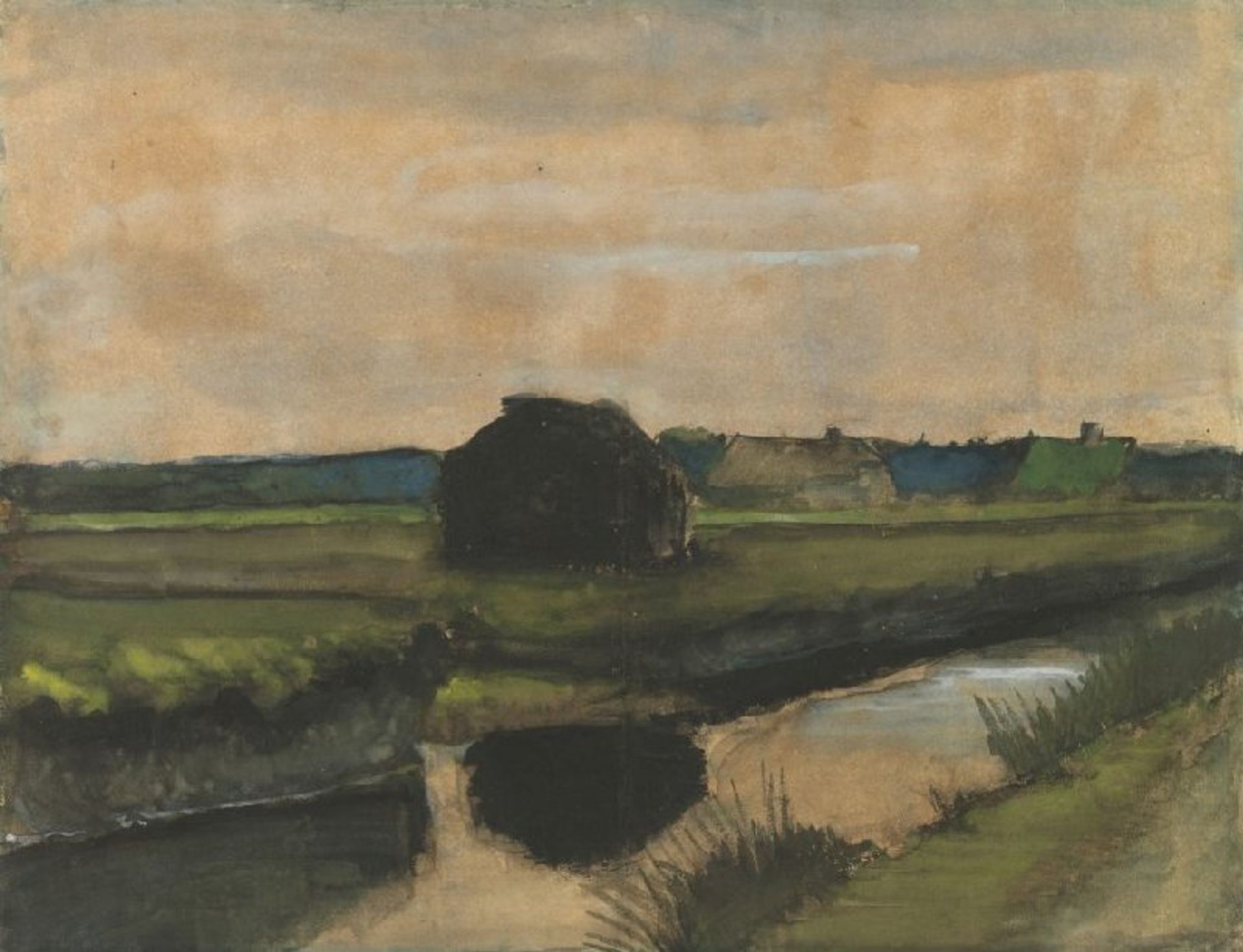
Van Gogh’s Landscape with a Stack of Peat and Farmhouses (September-November 1883)
Credit: Van Gogh Museum, Amsterdam (Vincent van Gogh Foundation)
Travelling with Vincent: Van Gogh in Drenthe (until 7 January 2024) tells the story of the 30-year-old artist’s journey, both physical and mental. The imaginatively presented exhibition marks the 140th anniversary of his arrival in the northern Dutch province.

Travelling with Vincent: Van Gogh in Drenthe, an installation photograph at the Drents Museum, Assen Credit: Martin Bailey
Vincent arrived from The Hague, where he had lived for nearly two years, most of the time sharing a modest apartment with his girlfriend, Sien Hoornik, and her two young children. A tragic figure, she had previously earned her living as a streetwalker.
Relations between Vincent and Sien deteriorated, and in September 1883 (then aged 30) he reluctantly broke up with her, leaving her in The Hague. “I would like to be alone with nature”, he wrote to his brother Theo just before his departure. He then took the long train journey to the village of Hoogeveen, in the peat area of Drenthe. It lies 200 kilometres north-east of The Hague, near the German border.
The Drents Museum exhibition presents four of Van Gogh’s six surviving Drenthe oil paintings, along with 12 of the 16 works on paper. This may seem a small group, but there are actually a large number of works in the show, making it well worth the journey to Assen. Along with six earlier and two later Van Goghs, there are over 60 works by other artists, who were either admired by Vincent or who depicted Drenthe scenes.
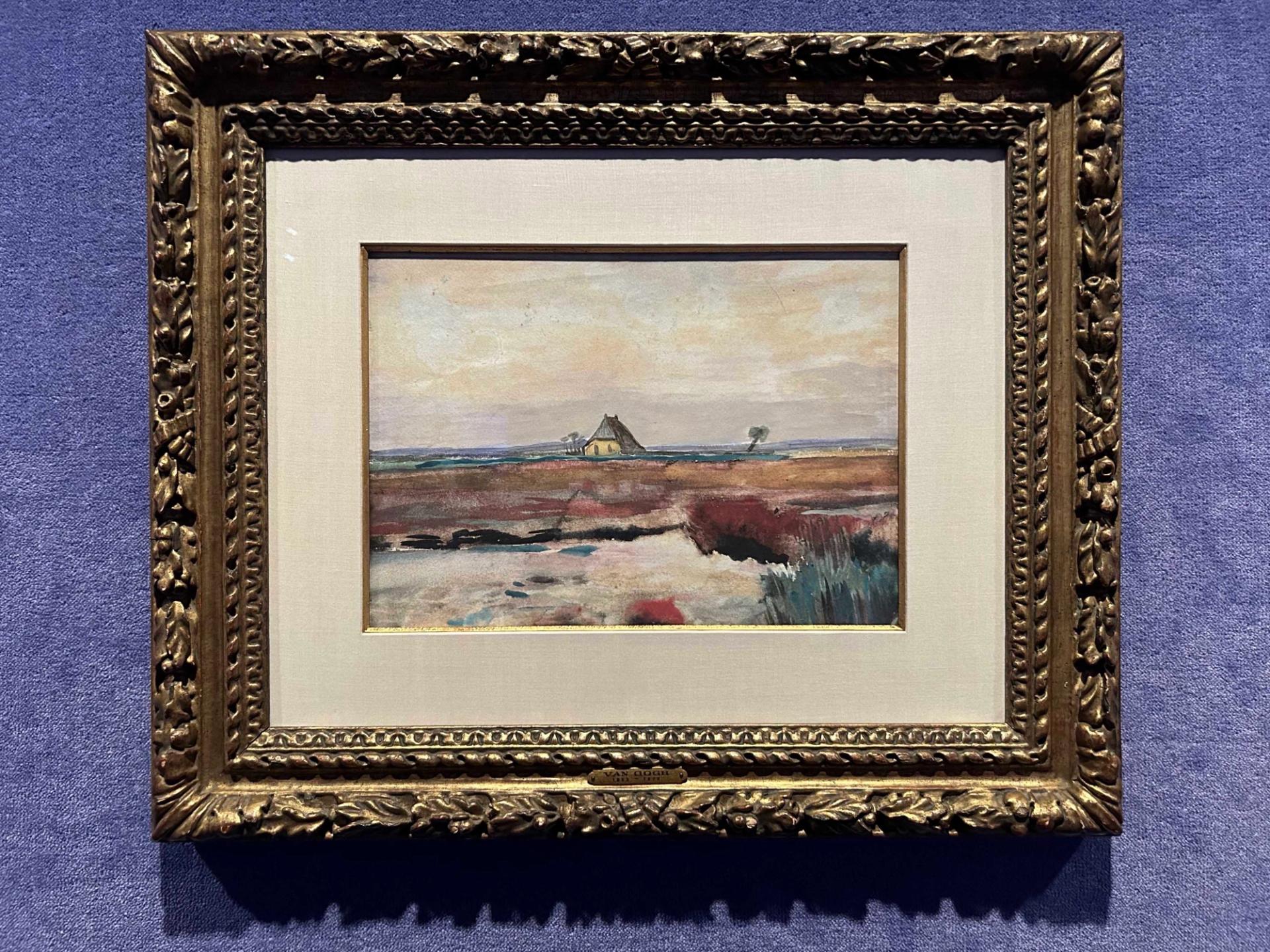
Van Gogh’s Landscape with a Farm (September-November 1883)
Credit: Private collection, Canada (courtesy of Ars Docet)
Annemiek Rens, the curator, spent years negotiating to borrow as many of Van Gogh’s Drenthe works as she could. Among the coups is getting Landscape with a Farm (September-November 1883), which had been quietly owned by a Canadian family for 40 years. Peatery (September-November 1883), an atmospheric watercolour, has travelled from Carlos Slim’s Musea Soumaya in Mexico City. The charming Row of Farmhouses (September 1883) is from a Wuppertal museum.
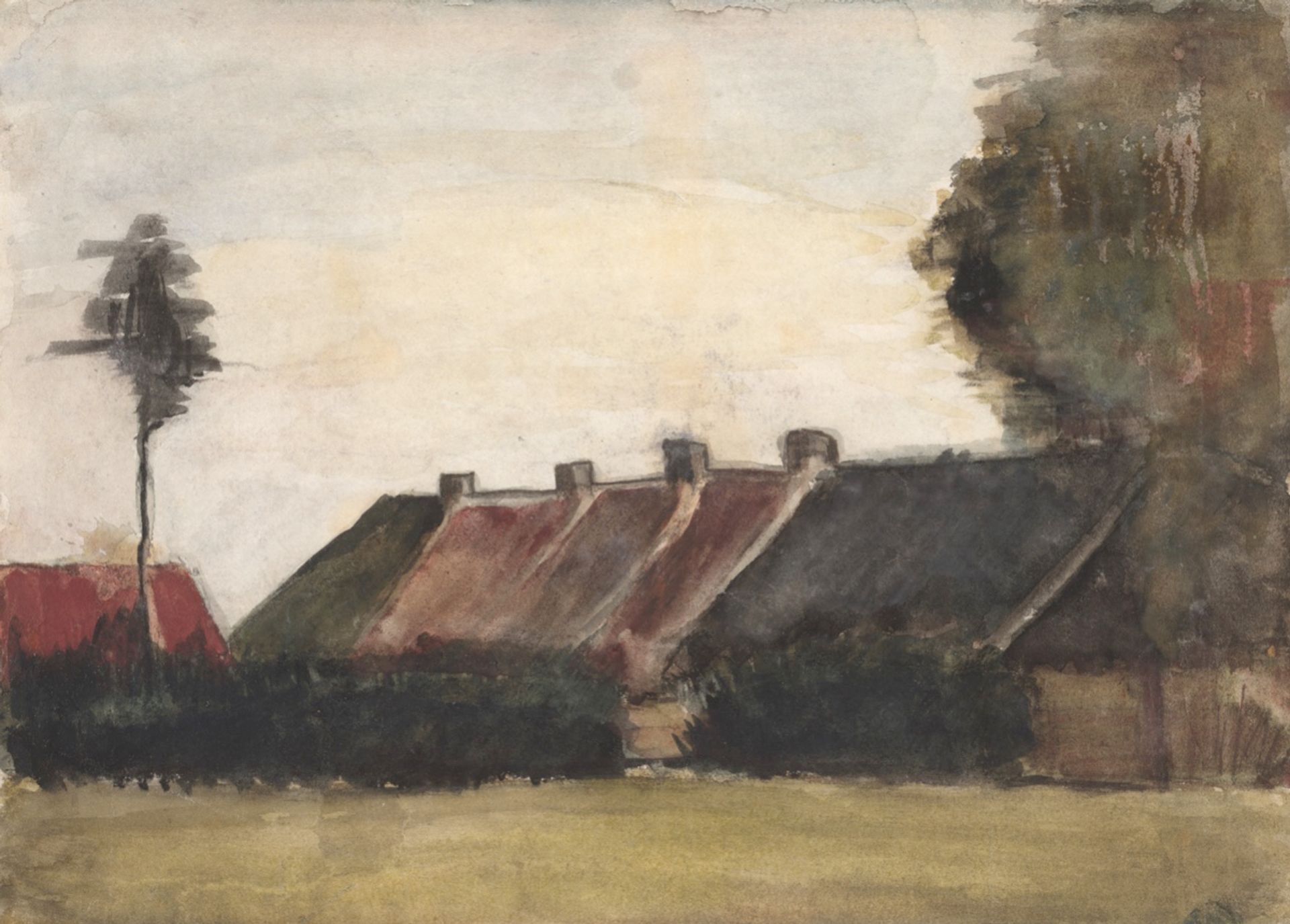
Van Gogh’s Row of Farmhouses (September 1883)
Credit: Von der Heydt Museum, Wuppertal
The Drents Museum bought The Peat Barge (October 1883) in 1997. It also acquired a half share, along with Amsterdam’s Van Gogh Museum, in Peasant Burning Weeds (October 1883), which was purchased at Sotheby’s in 2019 for $3.1m. This oil painting has been restored for the exhibition, with the removal of discoloured varnish revealing its full drama.
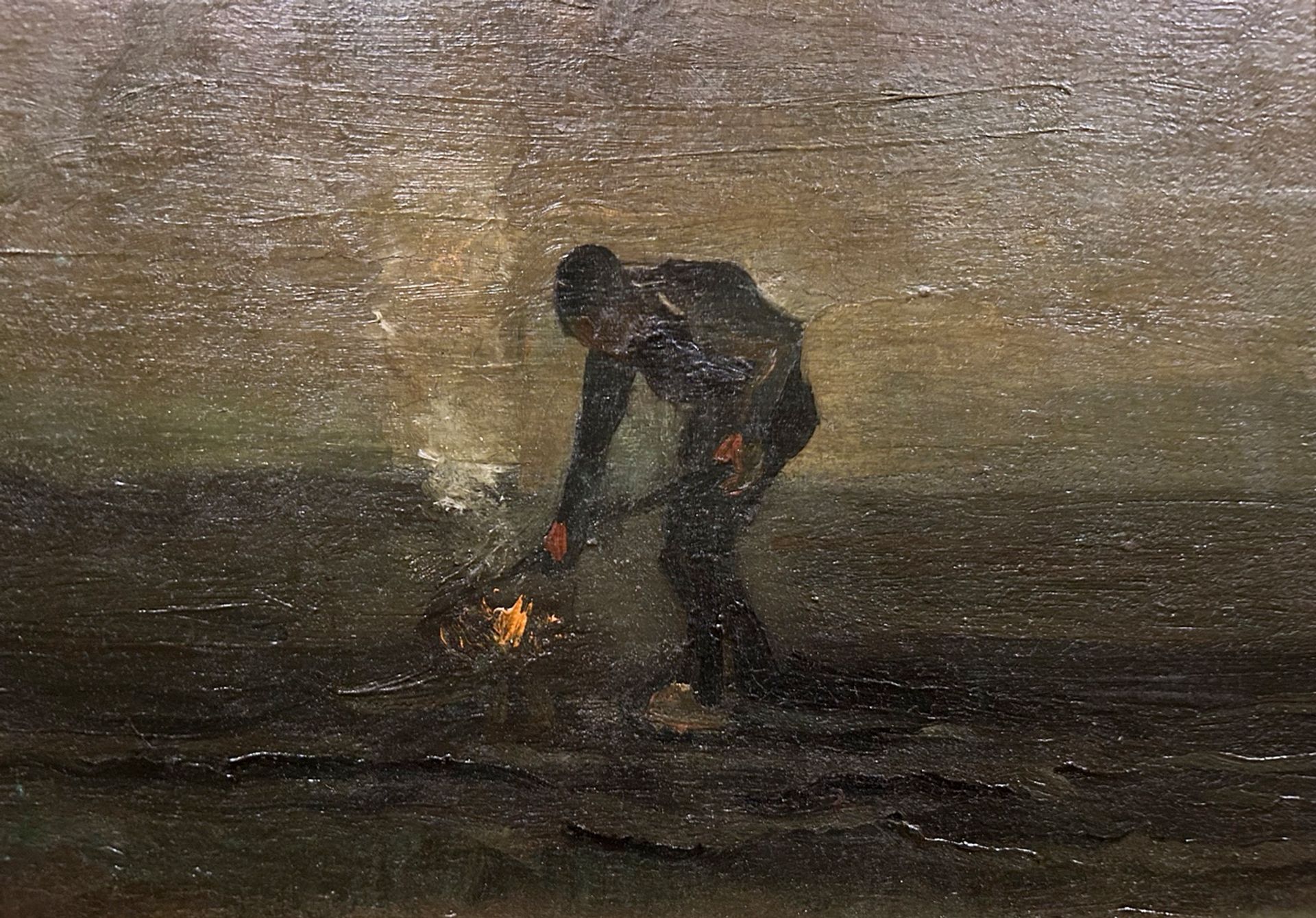
Van Gogh’s Peasant Burning Weeds (October 1883), newly restored
Credit: Drents Museum, Assen; Photo: Martin Bailey
Seeing the Drenthe works brought together, their dark and moody atmosphere is palpable. Van Gogh was clearly only too aware of the peat cutters’ arduous lives. He himself would have found it uncomfortable working outside, as the temperature went down and the days became shorter. Some parts of Drenthe are very picturesque, but the flat area where Van Gogh alighted was in his day swampy. The art that he produced there would hardly have appealed to urban collectors looking for bucolic scenes.
The bleak Drenthe paintings must surely also reflect something of Van Gogh’s mood. Then facing the trauma of abandoning Sien (and worrying that she might go back to her former profession), he felt extremely lonely and had no contact with fellow artists.
Referring to Sien, Vincent wrote to Theo: “When I see some poor woman on the heath with a child in her arms or at her breast my eyes become moist.” Vincent was certainly justified in worrying about her. Like him, she too eventually took her own life, plunging into a Rotterdam canal on a freezing night in 1904.
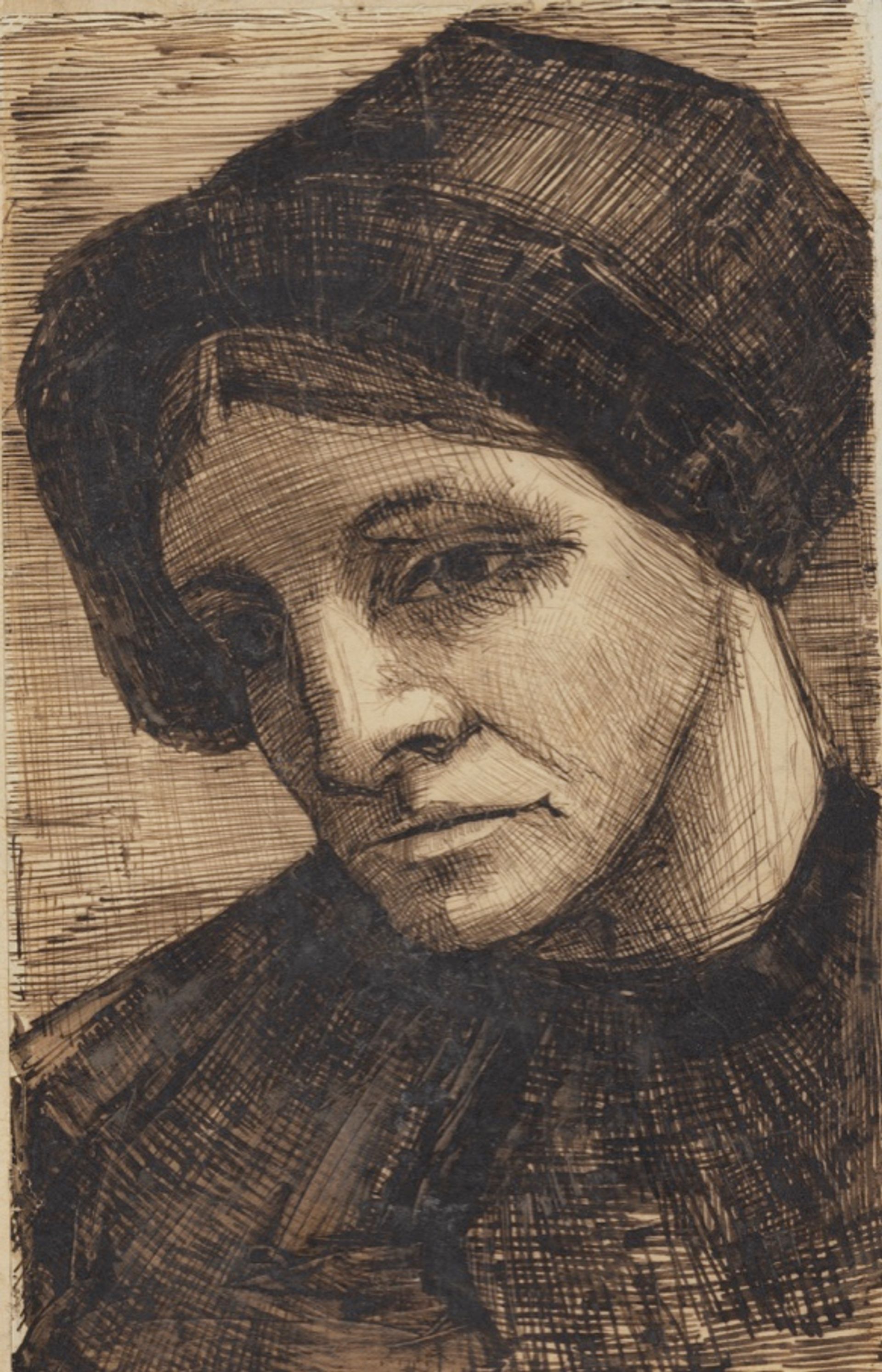
Van Gogh’s Head of a Woman (September 1883) Credit: Kröller-Müller Museum, Otterlo
Perhaps Van Gogh’s most intriguing Drenthe work is not a landscape, but a highly expressive portrait of an unknown woman, who seems to be wearing mourning headgear. With downcast eyes, she appears sad, but strong. One would love to identify this woman and to know about her life, but so far the answers have eluded art historians. She may well have been sketched when the artist travelled by barge from Hoogeveen to move to the more remote village of Nieuw-Amsterdam, where he was to spend most of his time in Drenthe. Van Gogh must surely have thought back to Sien as he sketched the dejected woman.
Another point that struck me seeing the Drenthe works reassembled is the wide variety of techniques that Van Gogh employed, using oil paints, watercolours and drawings, with sizes small to large. He had only started to use oil just over a year earlier, and in Drenthe he experimented with materials, searching for a personal style.
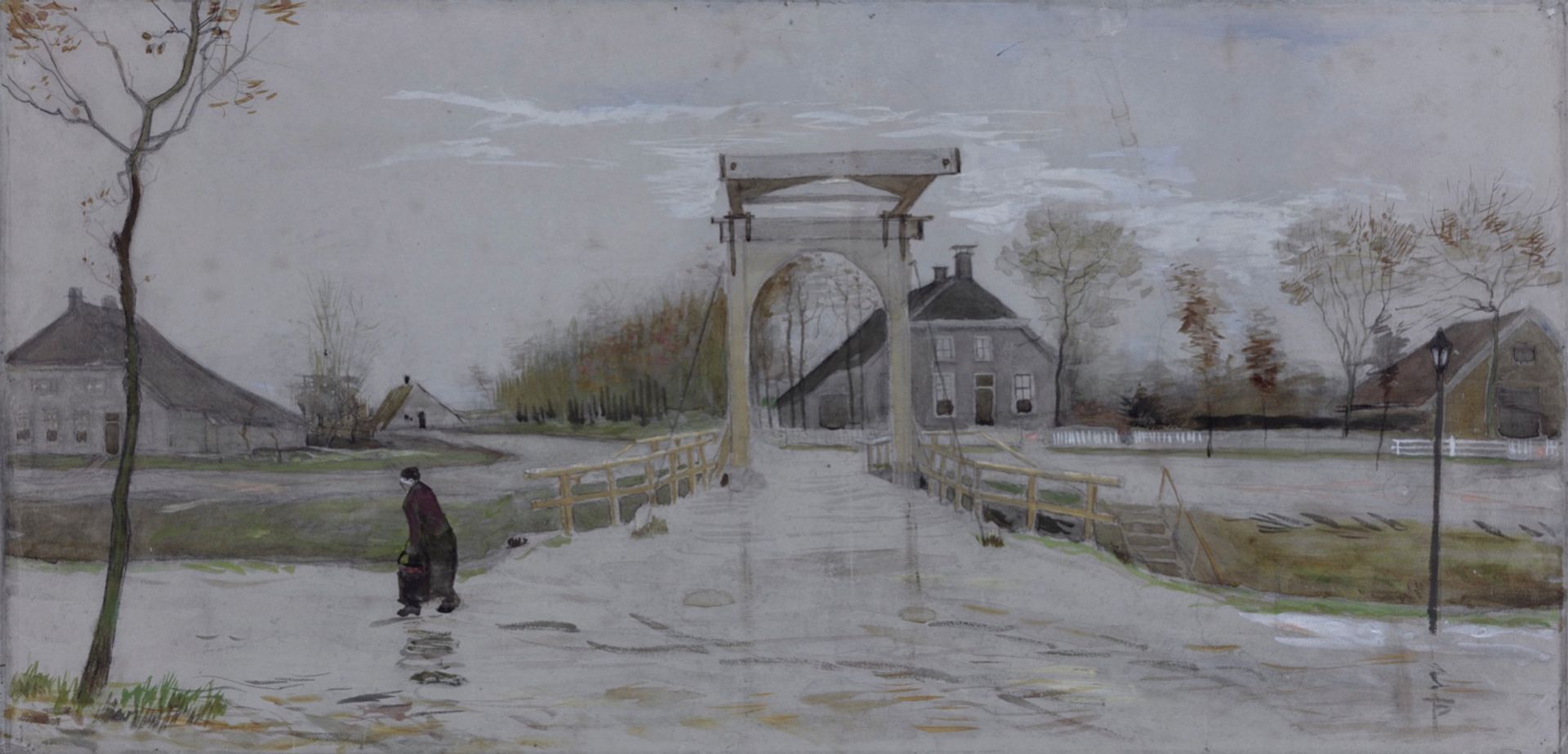
Van Gogh’s Drawbridge (November 1883) Credit: Groninger Museum, Groninger
It is certainly a delight to see Van Gogh’s Drenthe works in the area in which they were created, although there has been so much change in 140 years. Hoogeveen and Nieuw-Amsterdam, once villages, are now modern towns, with suburbs. Much of the formerly swampy land has been reclaimed and turned into fields. Very few of the buildings which appear in Van Gogh’s work survive, although at least it is possible to visit the house where he once lodged in Nieuw-Amsterdam. From the small balcony, one can imagine Van Gogh’s view of the drawbridge over the canal (it has since been replaced with a modern bridge). Now a visitor attraction, the house is reopening on 4 October, following a renovation project.
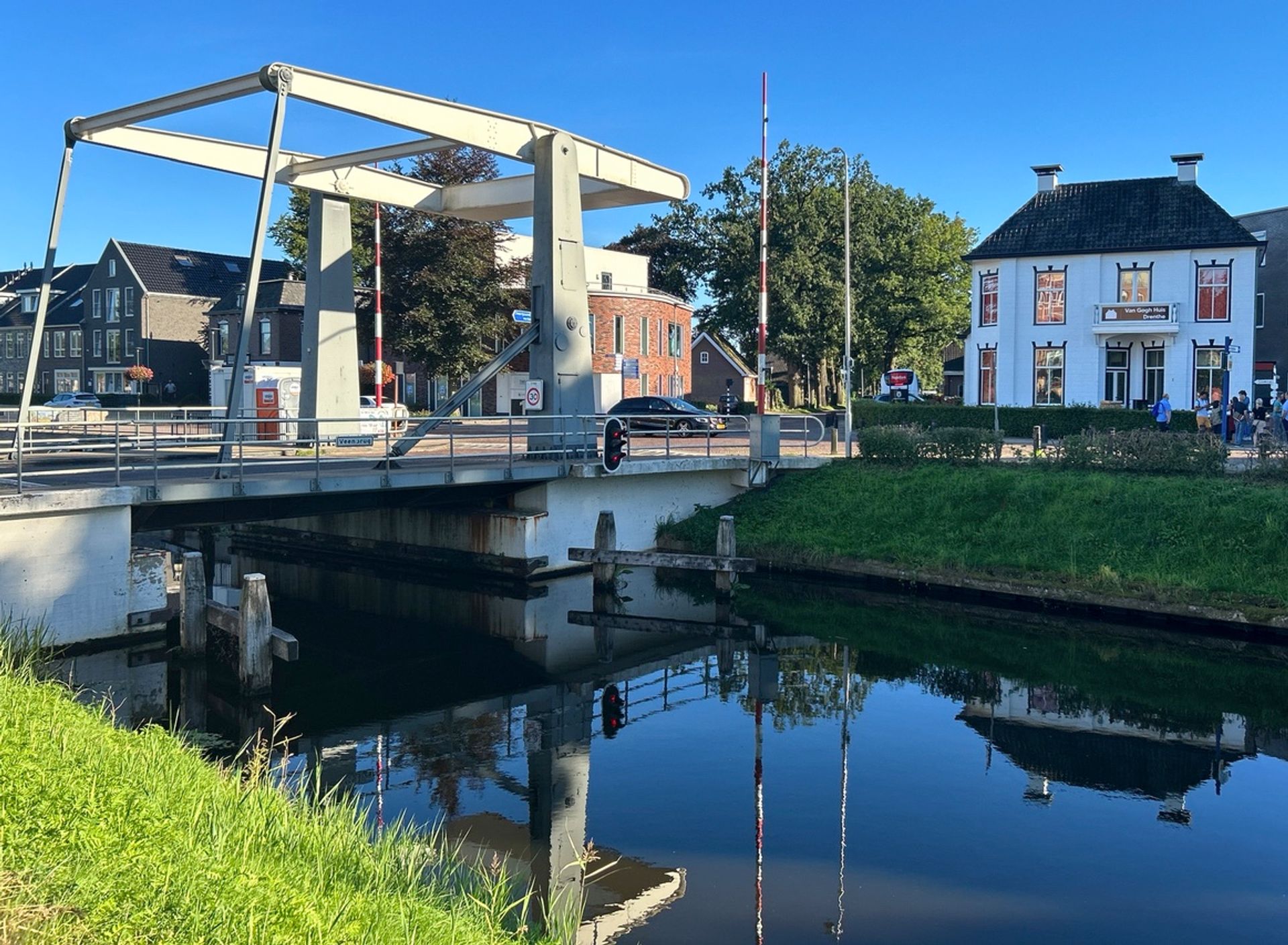
Van Gogh House, Nieuw-Amsterdam Credit: Martin Bailey
Soon after arriving in Drenthe, Vincent had written to Theo to say that he might “stay for good”, but as the weeks passed and winter approached, his life became increasingly challenging. Vincent also felt isolated, having little in common with the local people. He decided to move on.
On 4 December Vincent walked the 30 kilometres from Nieuw-Amsterdam to Hoogeveen, to catch the train back to the south of the Netherlands, where his parents were living in the village of Nuenen. Two days later he wrote to Theo: “Drenthe is superb, but staying there depends on many things—depends on whether one has the money for it, depends on whether one can endure the loneliness.”
Rens, the exhibition curator, says that “the struggles and difficulties he experienced in Drenthe were what enabled him, much later, to produce his masterpieces”. Although true, there could hardly be a greater contrast between the dark paintings of Drenthe and the sun-drenched works that he created just five years later in Provence.
